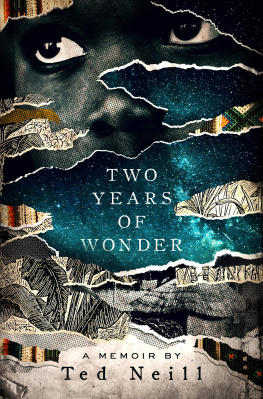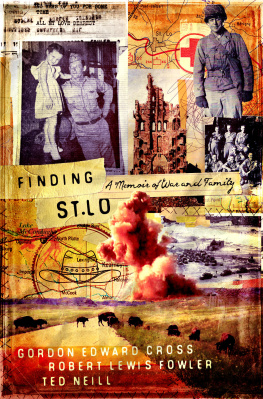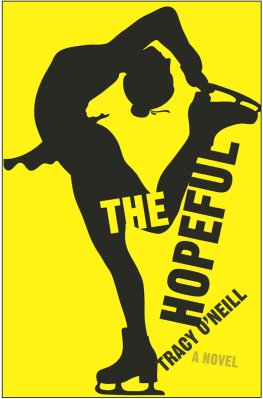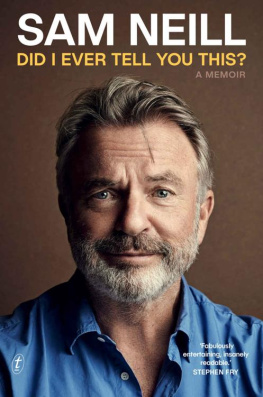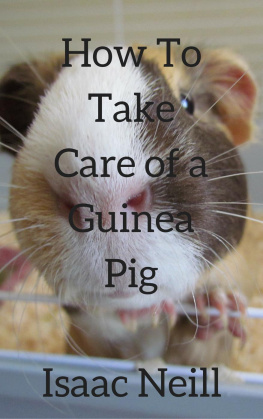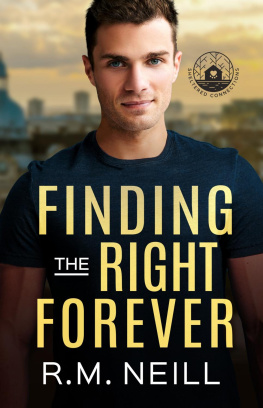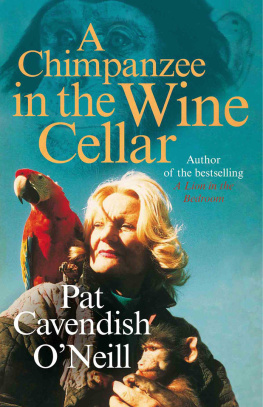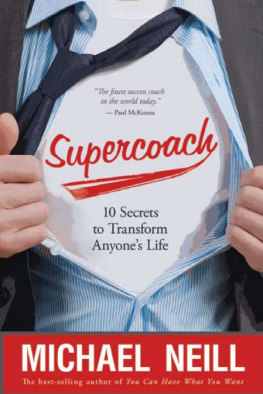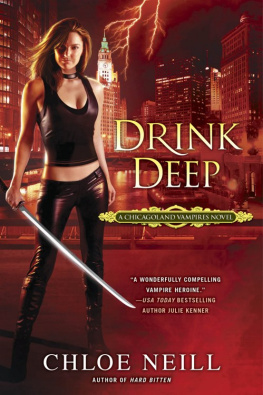Ted Neill - Two Years of Wonder
Here you can read online Ted Neill - Two Years of Wonder full text of the book (entire story) in english for free. Download pdf and epub, get meaning, cover and reviews about this ebook. year: 2018, publisher: Tenebray Press via Indie Author Project, genre: Non-fiction. Description of the work, (preface) as well as reviews are available. Best literature library LitArk.com created for fans of good reading and offers a wide selection of genres:
Romance novel
Science fiction
Adventure
Detective
Science
History
Home and family
Prose
Art
Politics
Computer
Non-fiction
Religion
Business
Children
Humor
Choose a favorite category and find really read worthwhile books. Enjoy immersion in the world of imagination, feel the emotions of the characters or learn something new for yourself, make an fascinating discovery.
- Book:Two Years of Wonder
- Author:
- Publisher:Tenebray Press via Indie Author Project
- Genre:
- Year:2018
- Rating:4 / 5
- Favourites:Add to favourites
- Your mark:
- 80
- 1
- 2
- 3
- 4
- 5
Two Years of Wonder: summary, description and annotation
We offer to read an annotation, description, summary or preface (depends on what the author of the book "Two Years of Wonder" wrote himself). If you haven't found the necessary information about the book — write in the comments, we will try to find it.
Two Years of Wonder — read online for free the complete book (whole text) full work
Below is the text of the book, divided by pages. System saving the place of the last page read, allows you to conveniently read the book "Two Years of Wonder" online for free, without having to search again every time where you left off. Put a bookmark, and you can go to the page where you finished reading at any time.
Font size:
Interval:
Bookmark:
By
Ted Neill
As the author, even Neill asks if the world needs another book about a white man losing and finding himself in Africa. In the case of Two Years of Wonder, the answer is an emphatic Yes. With unflinching honesty, Ted shows us the inner workings of a mind in the grips of severe depression. It is a harrowing read and a must-read if you know someone grappling with mental illness much less the complexities and contradictions of aid work.
Rasheed Newson, author of The Singletons of Ashmount and Bring a Shovel and a Gun.
There are two urgent reasons to read Ted Neill's book, Two Years of Wonder. First, it informs us of the grave plight of children infected and affected by HIV/AIDS in Africa. It would take so little for us to help, and it starts with awareness. Read Ted's book if you believe that all life is sacred and to be respected and protected. Second, this book is especially important for change agents who sometimes feel frustration with how difficult it is to do lasting good in the world. Ted has been there. His successes, and also his failures, are instructive, and ultimately inspiring.
Jack Hoban, USMC and author of The Ethical Warrior.
Blending incisive self-reflection and autobiography, Ted Neills Two Years of Wonder deconstructs our comfortable preconceptions about Africa, AIDS orphans, volunteerism, and the world of international aid. Told through a shifting kaleidoscope of stories, Neills book constantly tumbles truth to provide his readers with a new view of the world as a complex, ambiguous, and interconnected whole.
Tara Sullivan, author of Golden Boy and The Bitter Side of Sweet.
What is most evident in Two Years of Wonder, is the transforming power of caring human presence. No great fixes are offered in the stories of vulnerable Kenyan children, no conclusive plan for solving enormous social problems. But this book offers hope. Through story-telling about the lives he encounters, Ted Neill provides an honest view of what it means to respectfully bear witness to the suffering of others and our own. The writing is candid, clear and provides encouragement that coming along side another person to live daily life together, even for a short season, can make a profound difference.
Ruby Takushi, Director of Programs, Recovery Cafe Seattle.
In Two Years of Wonder, Ted Neill takes his readers halfway around the world to laugh with, cry for, and be deeply moved by children in a Kenyan school and orphanage. Through engaging prose, Neill tells compelling stories that come full circle. For most of us, Two Years of Wonder is an inspiring read. It is a must read for anyone post-college or post-retirement considering volunteer work in an African orphanage or school.
Dean Owen, author of November 22, 1963: Reflections on the Life, Assassination, and Legacy of John F. Kennedy.
Dedicated to Binyavanga Wainaina, my big brother of the word who opened my eyes. I hope I have not let you down.
Without your wound where would your power be?... The very angels themselves cannot persuade the wretched and blundering children on earth as can one human being broken in the wheels of living. In Loves service, only the wounded soldiers can serve.
Thornton Wilder, The Angel That Troubled the Waters
by
Dr. Helene D. Gayle
When I began my career at the CDC in 1984, few appreciated that AIDS was going to become a major public health threat. In 1981 when AIDS was first described by the Centers for Disease Control (CDC) in its Morbidity and Mortality Weekly Report (MMWR), I had just finished medical school and was just about to start my residency training in pediatrics. Two years later, in 1983, AIDS was recognized as a disease affecting children. So, although I probably treated children with HIV, I was never aware of it during my 3-year pediatric training.
For my first three years at CDC, I sat on the sidelines of the epidemic focused on other seemingly more important public health issues affecting children both domestically and globally. I watched with interest and concern as the HIV/AIDS epidemic continued to evolve. By 1987, it was clear that HIV/AIDS was deeply interwoven with issues of social justice and equity, the same issues that had led me to the field of public health in the first place. It was inescapable that HIV/AIDS was likely to be one of the defining public health issues of my lifetime. That is when I began my own journey tackling HIV/AIDS and the effort has lasted throughout the multiple decades of my career.
In the 1980s, and even through to the present day, HIV/AIDS is a disease that carries an unjust social and even moral stigma. HIV has disproportionally impacted populations that were historically marginalized in society, including gay men, IV drug users, sex workers, people of color, and poor women. Moral blame and stigma were attached to the disease to a degree not seen in most other epidemics. Even into the 1990s the unfortunate appellation innocent victim was applied to children born with HIV through mother-to-child transmission or hemophiliacs who were infected through blood transfusions. The clear implication being that others with HIV infection had done something to deserve it or intentionally bring it upon themselves. This moral blame not only released many parts of society from an evidence-based, public health approach to solutions, but also unduly burdened people at risk of HIV/AIDS or living with the infection with a sense of shame and denialthis often kept them from the very services that could make a crucial difference between life or death.
We have come a long way. To see the progress we have made brings me a mix of relief, accomplishment, and inspiration. We know more about the infection and how to prevent its spread and how to treat it. Effective treatment has allowed many people to live long, meaningful lives with HIV/AIDS as a chronic disease. And HIV/AIDS has advanced our understanding of the root causes or the social determinants of healththings such education, access to nutritious foods, safe neighborhoods and environments, economic stability. This understanding has led to broader solutions for decreasing health inequity. There is also less stigma attached to the diagnosis HIV/AIDS, although that still varies based on societal and cultural factors.
I give this bit of context because HIV/AIDS is an important backdrop for this story. But what Teds work with his own story and the childrens stories makes plain, is that this narrative is not just about HIV/AIDS, but about the larger story of the inequity and marginalization we see in the world and how one individual tried to come to terms with that.
The stories of Oliver, Miriam, Ivy, Harmony, Tabitha, Sofie, Nea and others, are still happening today. In some cases, HIV/AIDS is the culprit. In others it is Ebola, or it is the vulnerabilities that come from poverty, migration or dislocation due to climate change, war, or ethnic-based conflicts. Common to all of these is the contributing factor of the vast inequalities of wealth that currently characterize our globe. Inequality manifests as unequal freedom to resources, information, education, expression, and safety. It appears as unequal freedom from discrimination and oppression. We, as a global community, have made great progress in the fight against HIV/AIDS, but the challenges posed by an increasingly unequal and inequitable society remain. As long as they do, people, children, families will still be vulnerable.
Even in the face of this, I see hope. Hope is apparent to me in the children portrayed in these pages. In those who were able to survive due to their own grit and resiliencenot to mention the generosity and love from those who answered the call to compassion when they heard it. I see reason to hope in the fierce determination of young women like Miriam, Sophie, and Alexis whose stories unfold in the chapters to follow. I see hope in the network of social workers, caregivers, medical workers, community health advocates, and educators, striving on both local and global levels, contributing not just to the ideal of health for all, but also for justice.
Font size:
Interval:
Bookmark:
Similar books «Two Years of Wonder»
Look at similar books to Two Years of Wonder. We have selected literature similar in name and meaning in the hope of providing readers with more options to find new, interesting, not yet read works.
Discussion, reviews of the book Two Years of Wonder and just readers' own opinions. Leave your comments, write what you think about the work, its meaning or the main characters. Specify what exactly you liked and what you didn't like, and why you think so.

